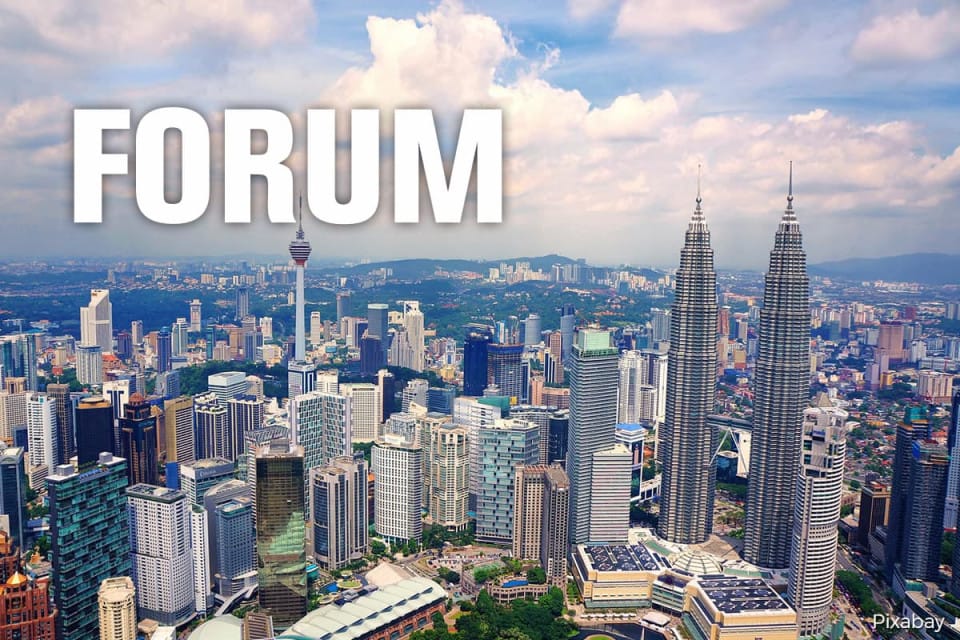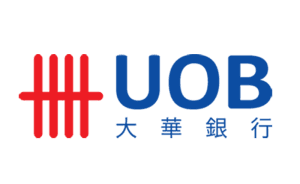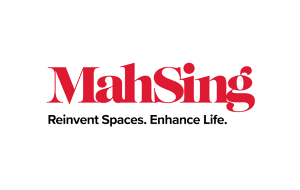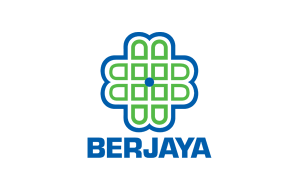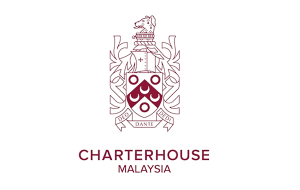Do we want the Malaysia My Second Home (MM2H) programme?
Considering how evidently the pros outweigh the cons, the answer’s a no-brainer. So, let’s just get our act together: Enable the programme to help shore up the Malaysian economy.
MM2H was unveiled by the government in 2002 to attract foreigners to retire and live in the country for an extended period of time.
It replaced the failed Silver Hair programme introduced in 1987 to attract people — from Japan and western Europe who were at least 55 years old — with five- to 10-year visas. Programme participants had to have savings of not less than RM200,000 or a retirement pension of RM5,000 a month.
MM2H had been garnering interest, albeit very slowly, before it was abruptly suspended for a review in August 2020. Slightly more than a year later, on Oct 1, 2021, the suspension was lifted. Much stricter terms and conditions — which the government said were designed to attract “high-quality participants” — were imposed.
It is worth noting that the Ministry of Tourism, Arts and Culture no longer drove MM2H. The Home Ministry was calling the shots.
Under the new conditions, the participant had to reside in Malaysia for a cumulative 90 days annually (no requirement previously). He had to have an offshore monthly income of at least RM40,000 (RM10,000 previously), a higher fixed deposit in Malaysia’s bank of at least RM1 million — up from RM150,000 for those above 50 years and RM300,000 for those 50 years and below. The participant must also have liquid assets of at least RM1.5 million — up from RM350,000 for those above 50 years old and RM500,000 for those 50 years and below.
From 10 years previously, visas were now for five years, renewable for another five years if all conditions are met.
Overnight, existing MM2H participants found themselves in a bind. Expectedly, all hell broke loose and backlash led to the government bending the rules. Existing participants needed to comply with only two of the 10 new MM2H criteria — pay the higher renewal fee of RM500 annually (RM90 before) and stay in the country for at least 90 days cumulatively each year.
It would be a mistake to ignore the real and growing competition for this segment of the foreign market. Within Malaysia, Sarawak introduced in 2007 the S-MM2H based on the state’s set of criteria for participation. Early this month, Sabah Minister of Tourism, Culture and Environment Datuk Christina Liew said the state has approved in principle the policies governing prerequisites for the setting up of the Sabah-Malaysia My Second Home (SBH-MM2H) scheme.
Both S-MM2H and the upcoming SBH-MM2H require participants to live in the respective states for 30 days, unlike the 90 days for MM2H. This is among the different requirements of the three schemes.
Despite the adoption of MM2H more than two decades ago, it is unfortunate that we have not been able to capitalise sufficiently on our first-mover advantage. We suffer from a lack of clear and consistent direction and this is compounded by weak processes and ineffective execution.
The government has to engage more with industry stakeholders to have a finger on the pulse, as neighbouring countries are upping the ante in wooing foreigners who seek a second or retirement home in the region.
Premium Visa Programme or MM2H?
What is the definition of “high-quality MM2H participants”? Are they judged purely by their offshore income and bank accounts? Then again, would those who fit the bill be interested in retiring in Malaysia?
Security issues cannot and must never be compromised on. So, if there is any doubt that existing measures are insufficient to keep the participants in line, a review is necessary.
It is interesting to note that on Oct 1, 2022 — exactly a year following MM2H’s unpopular revamp — the government launched the Premium Visa Programme (PVIP) to attract wealthy foreigners to invest and reside in the country for 20 years.
This residency-through-investment programme was intended to drive the country’s economic growth. It is open to participants from all age groups (35 years and above for MM2H) and who have proof of an offshore income of at least RM40,000 a month (similar to MM2H).
Participants must also have a fixed savings deposit account of at least RM1 million; no withdrawals are allowed on the principal value for the first year. Withdrawal of up to 50% from the principal value is allowed after that for the purchase of real estate or for health and education purposes.
Successful PIVP applicants can bring their spouses, children (younger than 21 years old), parents, in-laws and domestic workers as dependants, subject to existing immigration laws. Notably, applicants have to pay a one-off RM200,000 participation fee and a one-off RM100,000 fee for each dependant. Children aged above 21 have to apply to be a PVIP participant.
With PVIP in place to incentivise foreign investors to set up shop in Malaysia, MM2H must be tweaked to best serve its purpose.
It is an open secret that Malaysia ticks almost all the boxes when it comes to foreigners seeking a retirement or second home. The quality of life here is not just good but affordable by any standard. Imagine paying a mere US$2 for a bowl of piping-hot curry noodles or mouth-watering assam laksa paired with a tall glass of iced black jelly in Kuala Lumpur’s bustling Chinatown!
The weather is forgiving. Yes, we do have our fair share of dry taps, brownouts and the occasional flash floods, but these are non-events next to the earthquakes, typhoons, snow and hailstorms and volcanic eruptions in other countries. Indeed, Malaysia is a very blessed nation.
Lifestyles and food choices are mind-bogglingly abundant, thanks to a potpourri of vibrant and diverse ethnicities and cultures. It is not everywhere in the world where one can have a cup of hot tea while downing a plate of freshly fried noodles at three in the morning! Not your cup of tea? Fine-dining experiences are also plentiful.
Communication is a breeze in Malaysia. The population is fluent generally not only in Bahasa Malaysia, English and Mandarin but also in numerous Chinese dialects such as Cantonese, Hakka, Hokkien and Foochow.
The healthcare system is commendable and education opportunities are plentiful. It is so easy to move around and then there are the picturesque landscapes, seas and mountains. The list of Malaysia’s attractive qualities goes on and on.
However, why isn’t MM2H hot in the international market? Simply put, it is no longer a unique proposition.
Immense multiplier benefits
The total MM2H income generated thus far is not known. However, a considerable amount would have accrued from the economic multiplier effect.
Industry experts have previously estimated that some RM58 billion in known revenue had come from MM2H from 2002 to 2019.
In 2020, the then tourism, arts and culture minister Datuk Seri Nancy Shukri said MM2H generated revenue of over RM2.7 billion in 2018 and RM2.5 billion in 2019.
The programme has attracted mostly people from Asian countries such as China, Japan, Bangladesh and South Korea, followed by Hong Kong and Indonesia.
Participants are not required to buy property under MM2H. It is also not essential for foreigners to join the programme in order to buy property in Malaysia. Be that as it may, the purchase or rental of a home under MM2H will be a boon for the real estate industry and the economy as a whole.
Understandably, Johor has made known its desire for the federal government to review MM2H conditions to help clear the state’s high property overhang.
For years, Johor has carried the highest residential and serviced apartment (classified as a commercial property class) overhangs. As at September last year, out of the country’s 29,534 housing overhang units worth RM19.95 billion, 5,348 were in Johor, followed by Penang (5,222 units) and Selangor (4,386 units). As for the serviced apartment overhang totalling 23,688 units (worth RM20.21 billion), more than 62%, or 14,780 units, were in Johor.
The size of foreign ownership of real estate in Malaysia is unknown but property industry players have always put it at an insignificant “single-digit” percentage, so the fear of foreigners swiping up our brick-and-mortar is misplaced.
Furthermore, any foreign purchase of real estate, ultimately, is controlled by the respective states, as land is a state matter. Thus, there are the varying buying conditions imposed from one state to another.
The real deal about MM2H is a lack of ownership. We need commitment. We need a clear and transparent direction driven by a holistic and sustainable approach and execution, as the success of MM2H does not stop at the number of sign-ups. Suffice to say that MM2H is something highly beneficial to Malaysia and is achievable. So why are we still at the starting blocks?
Source: The Edge Markets https://www.theedgemarkets.com/node/654947

